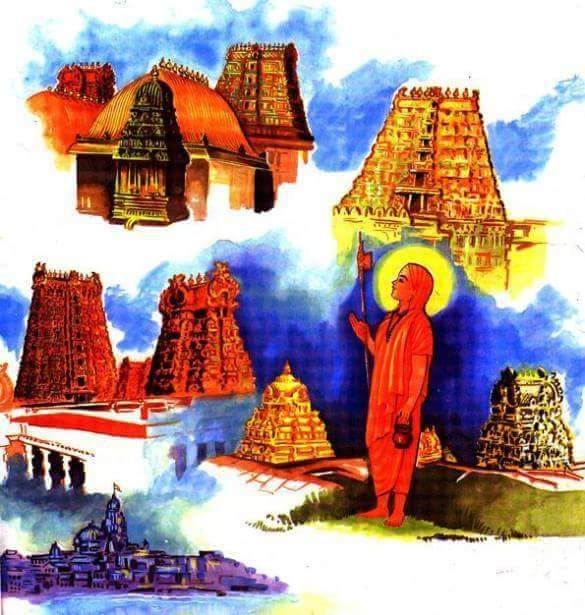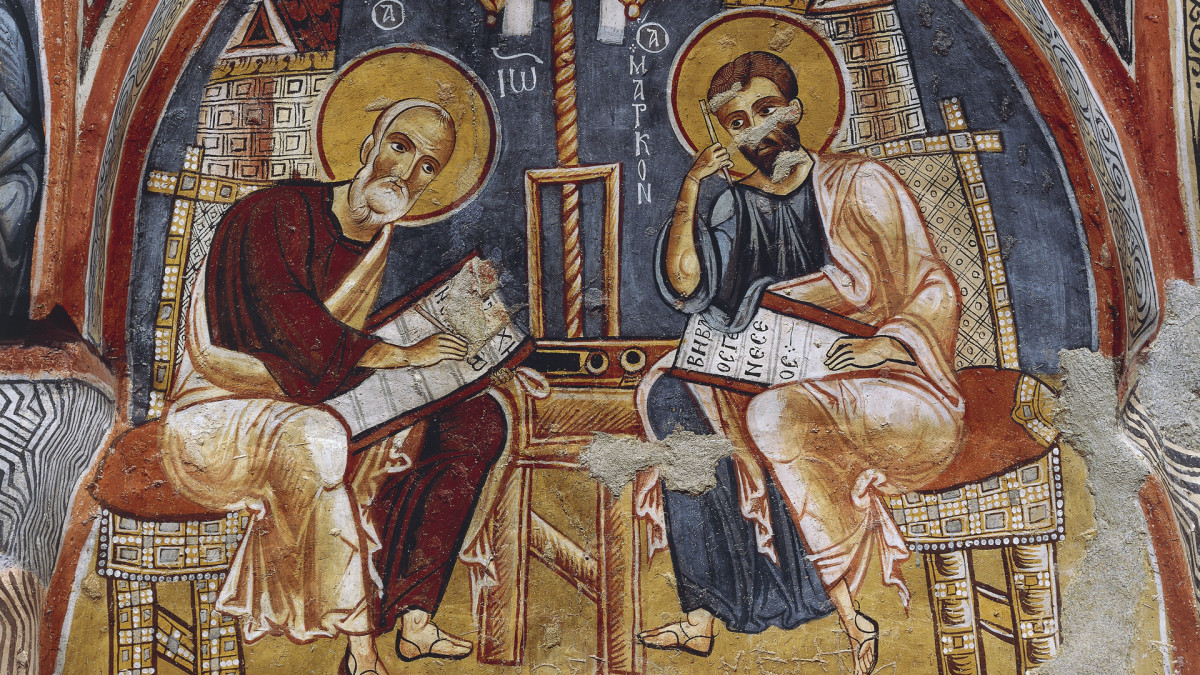- Visitor:92
- Published on: 2024-09-13 02:55 pm
From Shadows to Survival: The Enduring Struggle of Bangladeshi Hindus
The forced resignations of Hindu professionals and the targeted assassinations, like the hacking to death of the Hindu organization’s president, further illustrate the depth of the crisis.
.jpg)
The Bangladeshi Hindu community, one of the oldest and most culturally significant minorities in the region, has faced a relentless and tragic decline since the early 20th century. The seeds of their marginalization were sown during the 1905 Partition of Bengal, which set off waves of communal tension and displacement. Over the decades, this minority group has been subjected to systematic ethnic cleansing, particularly during key historical events such as the 1947 Partition, the 1971 Bangladesh Liberation War, and various political and social upheavals. As a result, the Hindu population in Bangladesh has dwindled dramatically, with many forced to flee, convert, or live under constant threat. Today, the community continues to grapple with violence, discrimination, and the erosion of their cultural and religious identity, highlighting an ongoing humanitarian crisis that is often overlooked on the global stage [1].
Historical Background of Bangladeshi Hindus
The historical background of atrocities against Bangladeshi Hindus is deeply intertwined with the political and social dynamics of the Indian subcontinent, particularly the Partition of Bengal in 1905. The British colonial administration, under Viceroy Lord Curzon, divided Bengal along religious lines, creating East Bengal with a Muslim majority and West Bengal with a Hindu majority. This division, although reversed in 1911 due to widespread protests, sowed the seeds of communal discord by emphasizing religious identity as the basis for political and administrative divisions. The partition fueled tensions between Hindus and Muslims, leading to a rise in communal violence and distrust. The division also emboldened certain political factions to push for separate Muslim and Hindu identities, which would later play a significant role in the partition of India in 1947 and the creation of East Pakistan (now Bangladesh). Following the 1947 Partition, the newly formed state of Pakistan, which included East Pakistan (present-day Bangladesh), was marked by significant religious tensions. Hindus in East Pakistan faced systemic discrimination, violence, and displacement as the state pursued policies that marginalized non-Muslim minorities. The situation worsened during the Bangladesh Liberation War in 1971, when atrocities against Hindus escalated as part of a broader campaign of ethnic cleansing by the Pakistani military. Following Bangladesh’s independence, the Hindu population continued to decline due to ongoing communal violence, legal discrimination, and social marginalization. These historical events have left a lasting impact on the Hindu community in Bangladesh, leading to their significant demographic decline and persistent vulnerability in a majority Muslim nation [2].
Operation Searchlight
Operation Searchlight, launched by the Pakistani military on March 25, 1971, marked the beginning of a brutal crackdown on the Bengali population in East Pakistan, particularly targeting the Hindu community. The operation aimed to suppress the burgeoning independence movement but quickly escalated into a campaign of systematic violence against civilians, with Hindus bearing the brunt of the atrocities. Women and children, in particular, were subjected to horrific abuses. Reports indicate that thousands of Hindu women were raped, abducted, and killed, while Hindu children were massacred alongside their families. The Pakistani military specifically targeted Hindu neighborhoods and villages, often identifying them as hotbeds of resistance simply due to their religious identity. This led to widespread displacement, as millions of Hindus fled to neighboring India to escape the violence [3]. The socioeconomic, political, and cultural effects of these atrocities have been profound and long-lasting for the Hindu community in Bangladesh. Socioeconomically, the mass exodus of Hindus during and after Operation Searchlight led to the erosion of their economic base, as properties were abandoned or confiscated, and many skilled professionals and businessmen left the country. Politically, the Hindu community has been marginalized, with their voices often sidelined in the predominantly Muslim political landscape of Bangladesh. This marginalization has been exacerbated by the Vested Property Act, which allowed the state to seize property from those deemed "enemies of the state," disproportionately affecting Hindus. Culturally, the impact has been equally devastating. The Hindu population, once a vibrant and integral part of Bengali culture, has seen a significant decline, leading to the erosion of cultural practices, festivals, and traditions. The memory of the atrocities during Operation Searchlight has also created a lingering sense of fear and insecurity among Bangladeshi Hindus, contributing to their gradual alienation from mainstream society. This historical trauma continues to shape the identity and experiences of the Hindu community in Bangladesh today.
Marichjhapi Massacre
The Marichjhapi massacre is a tragic and controversial chapter in the history ofWest Bengal, India, that took place in 1979. It involved the forcible eviction and subsequent killing of refugees, predominantly belonging to the Dalit Namasudra community, on the island of Marichjhapi in the Sundarbans region [4]. After the Partition of India in 1947, a large number of refugees from East Pakistan (now Bangladesh) migrated to India. Many of these refugees were from marginalized communities and faced significant hardship and discrimination in West Bengal. Initially, these refugees were resettled in the Dandakaranya region, a remote and harsh area covering parts of present-day Odisha, Chhattisgarh, and Madhya Pradesh. However, the conditions there were inhospitable, and many refugees wanted to return to West Bengal, where they felt a stronger cultural and linguistic connection. In the late 1970s, thousands of refugees began moving from Dandakaranya to Marichjhapi, a remote island in the Sundarbans. They were inspired by the promises made by the newly elected Communist Party of India - Marxist (CPIM) government in West Bengal, which had earlier assured them support. Once the refugees settled on Marichjhapi, the CPI(M) government, led by Chief Minister Jyoti Basu, reversed its stance, citing environmental concerns and legal issues related to the Sundarbans being a protected area. The government ordered the eviction of the refugees. In January 1979, the government imposed an economic blockade on Marichjhapi, cutting off food, water, and medical supplies. The blockade lasted for several months, during which the refugees faced starvation and disease. Eventually, the West Bengal police, backed by armed forces, entered the island and forcibly evicted the refugees. The eviction was violent, with reports of police firing on the refugees and atrocities being committed, including sexual violence. The exact number of deaths remains disputed. Estimates range from a few dozen to several thousand. The government has been accused of under-reporting the casualties, and the incident has largely been kept out of mainstream historical narratives.
The Marichjhapi massacre remains a deeply sensitive and controversial issue in West Bengal. It is often cited as an example of state violence against marginalized communities. The survivors and descendants of those affected by the massacre continue to demand justice and recognition of the atrocities committed. The Marichjhapi massacre is a stark reminder of the complex interplay of politics, migration, caste, and state power in post-colonial India. It highlights the vulnerability of marginalized communities and the consequences of broken political promises. Despite its significance, the massacre has not received the same level of attention as other historical events in India, leading to calls for greater awareness and acknowledgement of the tragedy.
Current Status of Bangladeshi Hindus
The current status of Bangladeshi Hindus remains precarious, with the community continuing to face significant challenges, including sporadic outbreaks of violence, legal and social discrimination, and a gradual erosion of their cultural heritage. Despite constitutional guarantees, Hindus in Bangladesh often find themselves marginalized, with limited political representation and social protections. In response to this ongoing crisis, the Indian government has taken steps to support the Bangladeshi Hindu community. India has provided refuge to those fleeing persecution through the Citizenship Amendment Act (CAA) of 2019, which offers a pathway to Indian citizenship for persecuted minorities, including Hindus, from Bangladesh. Additionally, India has engaged diplomatically with Bangladesh to advocate for the protection of minority rights, while also extending economic and cultural support to initiatives aimed at preserving the heritage and improving the living conditions of Hindus in Bangladesh. However, the situation remains complex, requiring sustained efforts from both governments and international organizations to ensure the safety, dignity, and cultural survival of Bangladeshi Hindus. In recent years, the plight of Bangladeshi Hindus has become increasingly dire, as they face a rising tide of violence, discrimination, and persecution. Despite being one of the country’s oldest and most significant religious minorities, their existence is marked by fear and uncertainty. Reports of targeted attacks, forced conversions, and systematic marginalization have escalated, painting a grim picture of the challenges they endure daily. To fully grasp the gravity of their situation, it is crucial to listen to the testimonies of those directly affected. These first-hand accounts not only shed light on the severe human rights violations but also underscore the urgent need for national and international attention to address their suffering.
The atrocities faced by Hindus in Bangladesh have escalated to an alarming degree, with the community experiencing a relentless campaign of violence, discrimination, and systematic erasure. This terror, rooted in the growing Islamization since the early 20th century, has seen Hindus subjected to vicious attacks during religious processions, such as the 1926 riots in Dhaka, and the brutal massacre in Noakhali. The horrors peaked in 1971 with the genocide that claimed 3 million lives, including 2 million Hindus. The violence continued post-independence, with widespread rapes, temple destructions, and targeted killings, as seen in the horrific events of 2001 and 2024 by majority and Jamat like islamist organizations.
The current situation is one of silent genocide, a textbook example of ethnic cleansing where Hindus are being systematically driven out, murdered, and their cultural heritage erased. With over 300 locations affected, 20-plus temples destroyed, and countless women raped, the assault on this minority has reached an unbearable intensity. The situation is aggravated by the lawless state of Bangladesh, where there is no protection for Hindus, and even those who once supported the movement for coexistence have been brutally silenced. The forced resignations of Hindu professionals and the targeted assassinations, like the hacking to death of the Hindu organization’s president, further illustrate the depth of the crisis. The international community, including the United Nations, has noted these atrocities, but the response has been inadequate. The Bengali Hindu community is left pleading for their right to self-determination, increasingly aware that co-existence with fanatical forces is no longer possible in a land that has become hostile and lawless.
References:
[1] https://organiser.org/2023/02/02/106900/world/asia/south-asia/persecution-of-hindusin-bangladesh-66-women-raped-154-killed-and-333-forced-to-eat-beef-in-2022/
[2] https://minorityrights.org/communities/hindus/
[3] https://www.hinduamerican.org/1971-bangladesh-genocide
[4] Blood Island: An Oral History of the Marichjhapi Massacre
- 46 min read
- 2
- 0










